
Using Clustered Camel Quartz Jobs on JBoss EAP



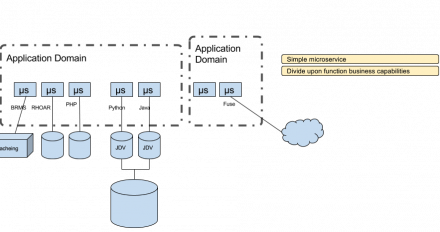

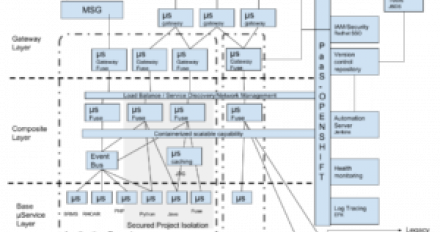



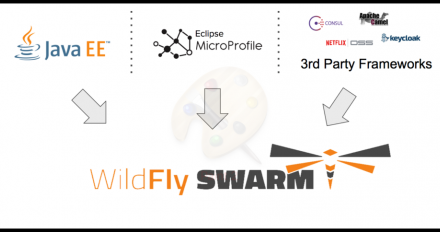
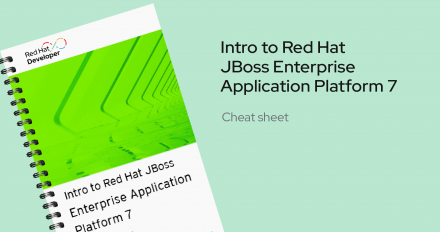
This is a quick reference for JBoss EAP open source technologies, including web server, messaging, clustering and high availability, and caching.
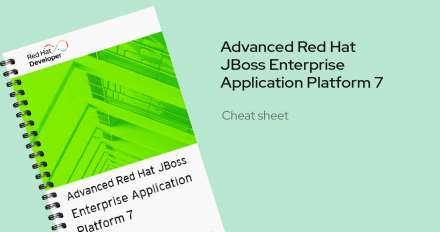
In this advanced cheat sheet, author Deon Ballard, builds on the Intro to JBoss EAP 7 Cheat Sheet, providing commands covering socket bindings, logging, class loading, and much more.

Andy presented this lightning talk at Red Hat Summit 2017.

Rapid Application Development using Automatic Redeploy and Eclipse Vert.x, by Deven Philips - Deven delivered this lightning talk at Red Hat Summit 2017.

Rich delivered this lightning talk at Red Hat Summit 2017.
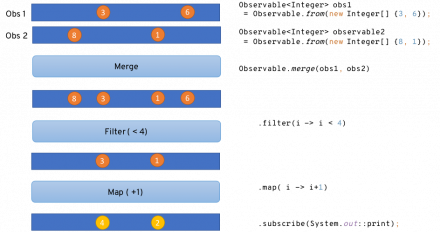



Clustering Eclipse Vert.x - From 0 to Clustering in seconds, by Deven Philips - Deven delivered this lightning talk at Red Hat Summit 2017.

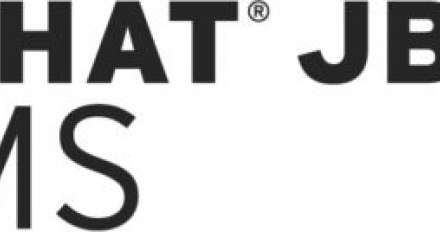

Related Blog Post : https://developers.redhat.com/blog/2017/05/25/easily-secure-your-spring-boot-applications-with-keycloak/ Support Github repo : https://github.com/sebastienblanc/spring-boot-keycloak-tutoria Although security and identity management is a crucial aspect for any application, its implementation can be difficult. Worse, it is often neglected, poorly implemented and intrusive in the code. But lately, Identity Management servers has appeared which allow to outsource and delegate all authentication and authorization aspects. Of these servers, one of the most promising is Keycloak, open-source, flexible and agnostic of any technology, it is easily deployable / adaptable in its own infrastructure. In this session, I propose you to discover KeyCloak progressively and in an interactive way: 0 slide, 100% live coding."

Although security and identity management is a crucial aspect of any application, its implementation can be difficult. Worse, it is often neglected, poorly implemented and intrusive in the code. But lately, Identity Management servers has appeared which allow to outsource and delegate all authentication and authorization aspects. Of these servers, one of the most promising is Keycloak, open-source, flexible and agnostic of any technology, it is easily deployable / adaptable in its own infrastructure. In this session, I propose you to discover KeyCloak progressively and in an interactive way: 0 slide, 100% live coding."

For people that are getting started to know Fuse, and wants to get their hands dirty and develop a JBoss Fuse project for the first time. In this demo, the vendors are asking for an service, that provides all the data with the updated appraised house value back to them. And they are requesting if the information can be provided through a Restful Web service. We will be using the latest available Rest DSL in camel to expose a restful web service through the configuration. Contains Rest DSL to expose Restful Endpoint services Servlet setup in Camel

For people that are getting started to know Fuse, and wants to get their hands dirty and develop a JBoss Fuse project for the first time. In this part of the video we concentrate on processing the customer data, by reading the xml file and store it into a Postgres Database. And it also takes you through the new data mapper feature in JBDS. This demo uses the most simple and straight forward sql component in Camel Contains -SQL component -Dozer component for data convert